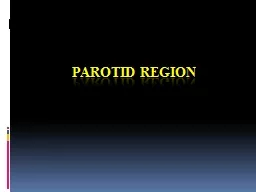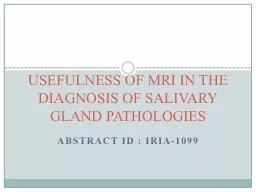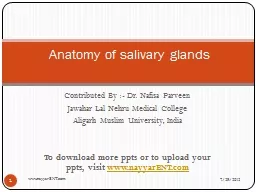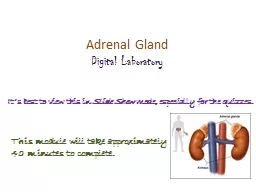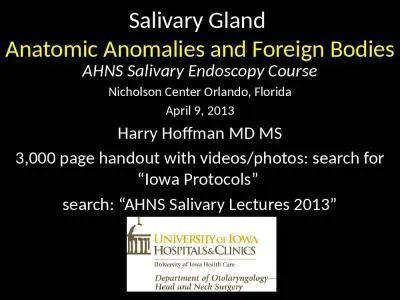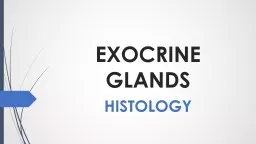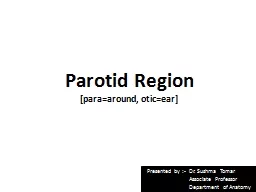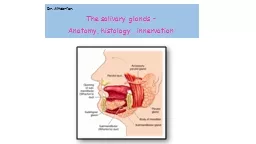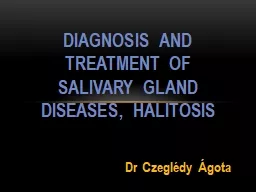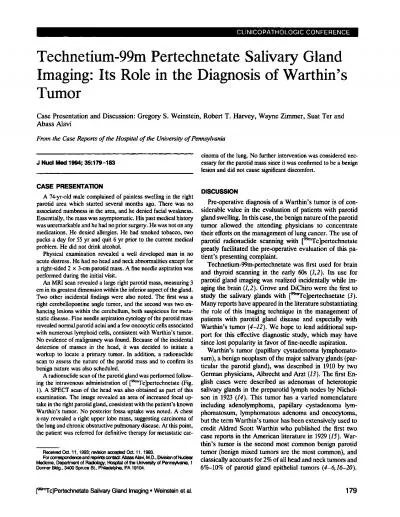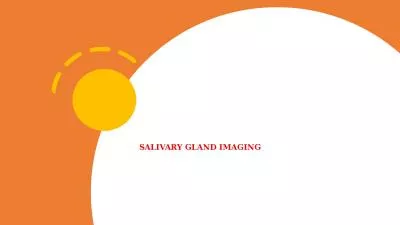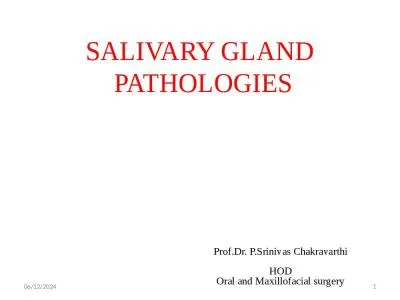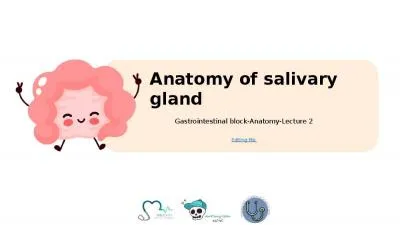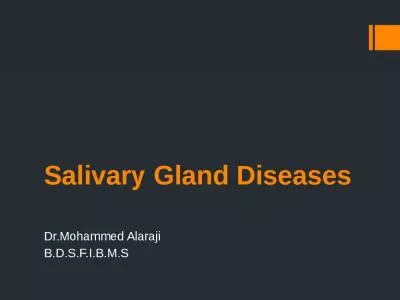PPT-Parotid region Parotid gland
Author : QueenBee | Published Date : 2022-08-03
G para near otis ear Is the largest salivary gland and it is composed mainly of serous acini It secretes about 2030 of total saliva Large lobulated and
Presentation Embed Code
Download Presentation
Download Presentation The PPT/PDF document "Parotid region Parotid gland" is the property of its rightful owner. Permission is granted to download and print the materials on this website for personal, non-commercial use only, and to display it on your personal computer provided you do not modify the materials and that you retain all copyright notices contained in the materials. By downloading content from our website, you accept the terms of this agreement.
Parotid region Parotid gland: Transcript
Download Rules Of Document
"Parotid region Parotid gland"The content belongs to its owner. You may download and print it for personal use, without modification, and keep all copyright notices. By downloading, you agree to these terms.
Related Documents

